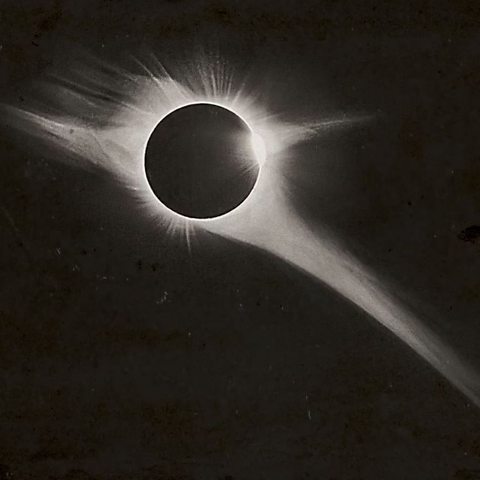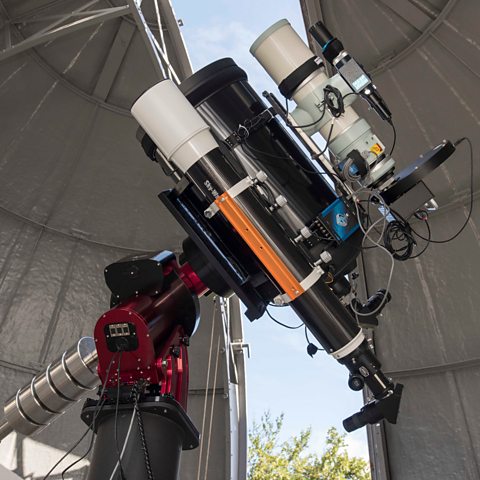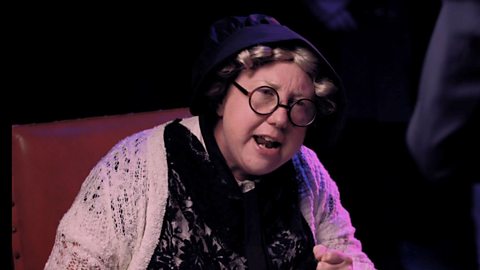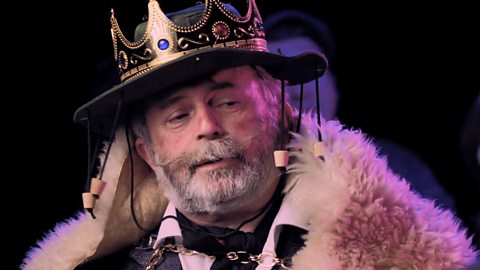
Annie Maunder was an astronomical trailblazer. The sky was quite literally the limit for this science super star who despite the gender politics and discrimination of Victorian times managed to shine brightly in the male-dominated field of astronomy.
Born in 1868, Annie was brought up in Strabane where her father was the local Presbyterian minister. It was at school in Belfast that her remarkable intelligence first came to light and she won a scholarship to Girton College in Cambridge - the universityÔÇÖs first all-female college.
Even though Annie aced her exams in 1889 ÔÇô finishing as the top mathematics student in the year - unfortunately she and the other Girton girls did not graduate with degrees. Unbelievably it wasnÔÇÖt until nearly 60 years later that the females of Girton were awarded full-blown degrees on finishing their studies!

Becoming a Lady Computer
After leaving college Annie heard that the Royal Observatory in Greenwich was recruiting. Annie was determined to get the post - she wrote to the observatory many times and even enlisted the help of her father to try and persuade the powers that be to give her the job. After a year of trying - Annie eventually became one of the observatoryÔÇÖs Lady Computers.
In 1890 the Royal Observatory, short on funds, decided to recruit women ÔÇô basically because they cost a lot less money! For a starting wage of ┬ú4 per month these ÔÇśLady ComputersÔÇÖ made observations and calculations from the data they collected at the observatory.
Even though the salary wasn't great and the job could be quite boring the positives outweighed the negatives for Annie. At Greenwich she was able to put her maths to good use, was trained how to work the observatoryÔÇÖs impressive telescopes and developed a life-long passion for astronomy.

ÔÇťMrs Maunder with her tiny lens has beaten all the big instrumentsÔÇŁ
AnnieÔÇÖs marriage in 1895 could have meant the end of her astronomy career!
At this time women were required to give up their jobs when they got married. Luckily AnnieÔÇÖs new husband Edward Maunder (who she worked with at Greenwich) was an astronomer too and was happy to keep collaborating with her on astronomy projects.
The husband-and-wife team went on many solar eclipse trips together and it was on one of these that Annie, using a camera she had designed herself, managed to capture the longest coronial streamer (a ray like structure coming out from the sun) on record.
This was a big achievement - her fellow astronomer Agnes Clerke remarked at the time ÔÇťMrs Maunder with her tiny lens has beaten all the big instrumentsÔÇŁ.

ÔÇťWholly the work of my wifeÔÇŁ
Throughout her life Annie came up against many obstacles because she was female.
Edward and Annie wrote many articles and books together but until she was admitted to the Royal Astronomical Association in 1916 (after years of trying) most of them were published under EdwardÔÇÖs name.
In fact Edward admitted that a book they had allegedly written together in 1910 ÔÇśThe Heavens and their StoryÔÇÖ was almost ÔÇťwholly the work of my wifeÔÇŁ.
 Image source, National Maritime Museum. London
Image source, National Maritime Museum. LondonRecognition
Annie could easily have been one of the ÔÇśforgotten women of scienceÔÇÖ ÔÇô airbrushed out of history. However in recent years her stellar contribution to astronomy is increasingly being remembered and celebrated.
The Maunder Crater on the moon was named after her and Edward jointly. In 2018 the Royal ObservatoryÔÇÖs first new telescope in over 60 years was called the Annie Maunder Astrographic Telescope in her honour.
GreenwichÔÇÖs decision to designate 14 April (her birthday) - Annie Maunder Day means that her astronomical star will continue to shine brightly for many years.
 Image source, National Maritime Museum. London
Image source, National Maritime Museum. LondonMore on History makers
Find out more by working through a topic
- count5 of 15

- count6 of 15

- count7 of 15

- count8 of 15
